Roof Top Gardening
grabbag
12 years ago
Related Stories
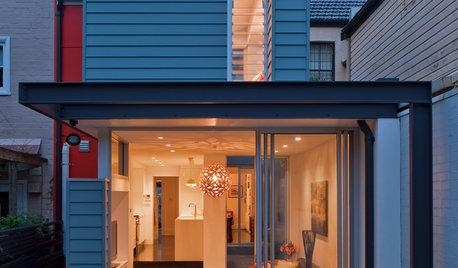
HOUZZ TOURSHouzz Tour: Butterfly Roofs Top a Sydney Terrace House
Modern remodel retains 19th century facade while pouring natural light into new and old spaces
Full Story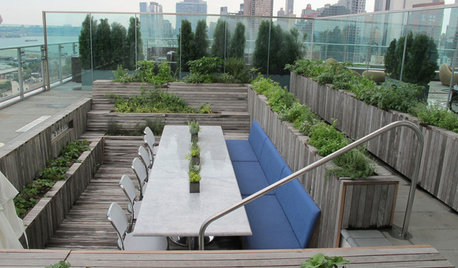
EDIBLE GARDENSLessons From an Edible Garden on a City Roof
Reincarnation of New York City rooftop pool proves edible landscaping is possible just about anywhere
Full Story
SPRING GARDENINGTop 10 Scented Plants for Your Garden
A palette of perfumed plants can transform even the smallest of gardens into a sensory delight
Full Story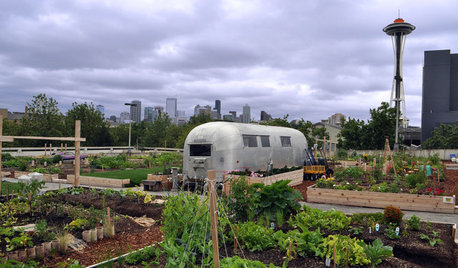
URBAN GARDENSCommunity Thrives Along With a Garage-Top Garden
Seattle neighbors join forces to create a large-scale community garden atop an old parking structure
Full Story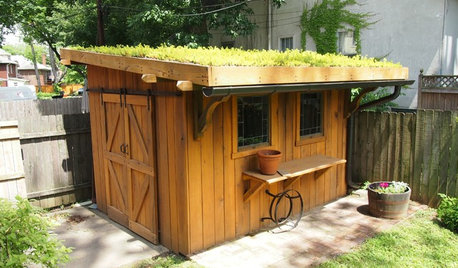
OUTBUILDINGSA Kentucky Garden Shed With a Planted Roof
Sedums help prevent runoff and add a green touch to this charming backyard building
Full Story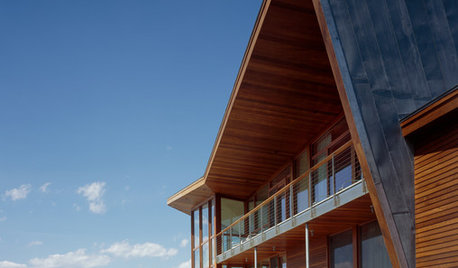
REMODELING GUIDESExtraordinary Roofs Have High Design Covered
Think beyond gabled or flat. A dramatic roof tops off a stunning home exterior in style
Full Story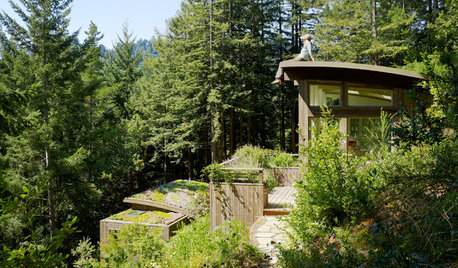
REMODELING GUIDESLiving Roofs Crown Green Design
Living roofs save energy, improve air, water, curb appeal — and the view from above doesn't hurt either
Full Story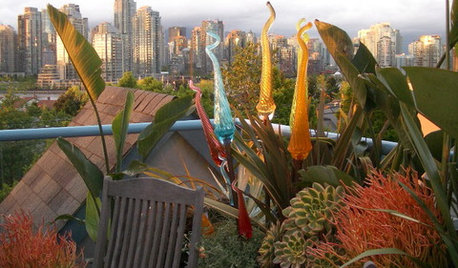
GARDENING AND LANDSCAPINGDouble Take: Bizarrely Beautiful Spires Bloom on a Vancouver Roof Deck
Did alien-looking plants in deviant colors land in this Canadian rooftop garden? Come in for a closer look
Full Story
EVENTS5 Top Design Events: Nov. 11-Dec 2, 2011
Mark your creative calendars! See what's on the Houzz list of things to see and do
Full Story0

GARDENING GUIDESGreat Design Plant: Hens-and-Chicks
Plant Sempervivum succulents for fuss-free garden color and character all year
Full StoryMore Discussions










duluthinbloomz4
tanowicki
Related Professionals
East Rancho Dominguez Landscape Architects & Landscape Designers · Essex Landscape Architects & Landscape Designers · Manorville Landscape Architects & Landscape Designers · Essex Landscape Contractors · Fuquay-Varina Landscape Contractors · Gaithersburg Landscape Contractors · Mercedes Landscape Contractors · Pompano Beach Landscape Contractors · San Antonio Landscape Contractors · Hueytown Landscape Contractors · Chandler Decks, Patios & Outdoor Enclosures · Fairfax Decks, Patios & Outdoor Enclosures · Pittsburgh Decks, Patios & Outdoor Enclosures · Richmond Decks, Patios & Outdoor Enclosures · West Chester Swimming Pool Buildersbahia
karinl